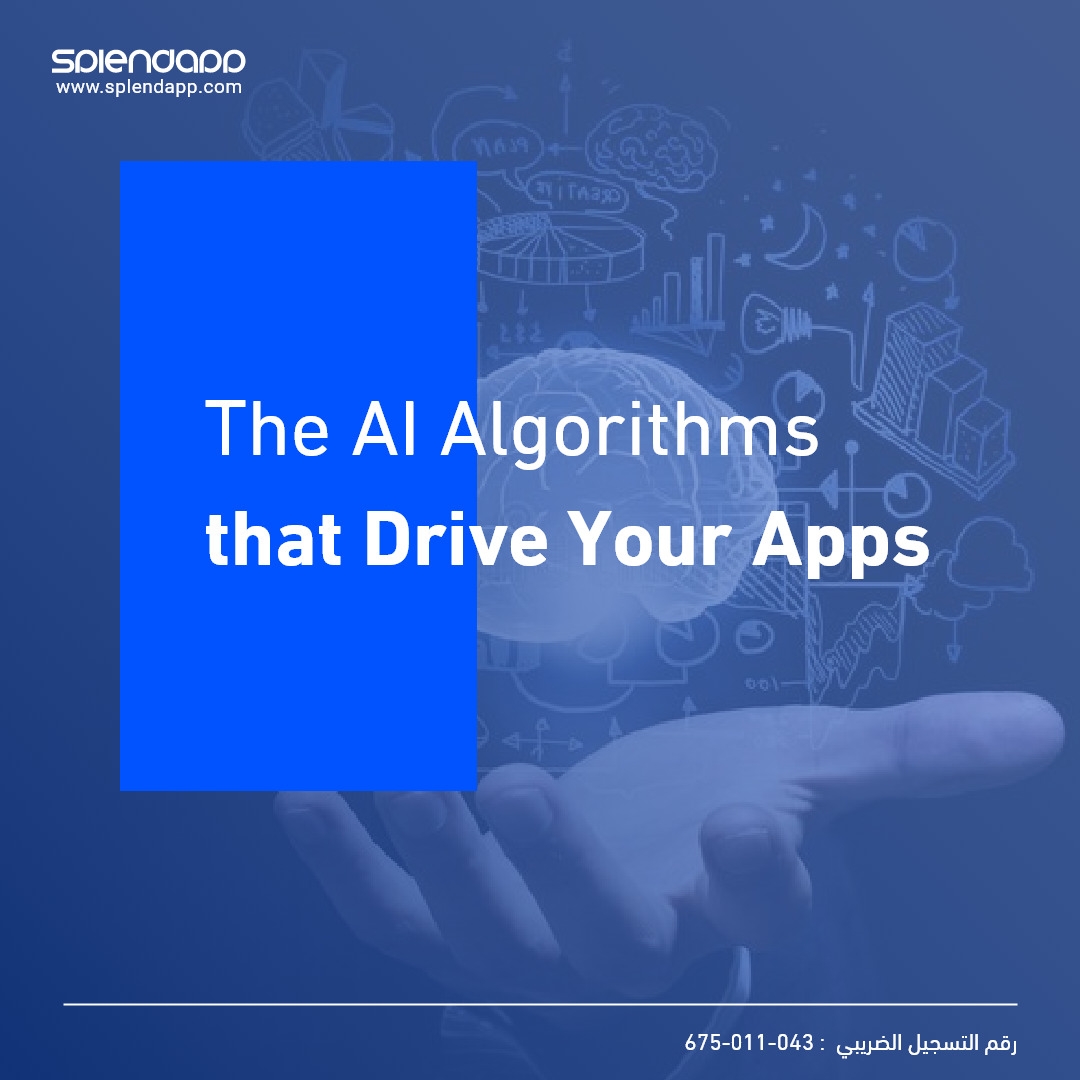

In the heart of artificial intelligence (AI) lies the intricate and powerful machinery known as AI Algorithms. These mathematical and computational recipes are responsible for the magic we often attribute to AI, enabling machines to learn, predict, and make decisions.
From the simplest tasks, like recommending a song on a playlist, to the more complex ones, such as self-driving vehicles navigating through city streets, AI Algorithms are the unsung heroes.
As we embark on this exploration of these foundational elements, we’ll delve into their significance, varieties, and the potential they hold for the future of technology and human society.
AI algorithms are a set of organized procedures and sequential steps designed to perform specific tasks and solve certain problems using methods that mimic human intelligence. These algorithms enable systems and applications to analyze data, learn from experiences, and make decisions without direct human intervention. Here’s an overview of some types of AI algorithms:
Supervised Learning: In this type of algorithm, the model is trained using a dataset containing the desired inputs and outputs. The goal is to learn the relationship between them. Example: Classifying an email as “legitimate” or “spam.”
Unsupervised Learning: These algorithms are used when pre-classified data is not available. The goal is to search for hidden patterns or relationships in the data. Example: Grouping similar news articles together.
Reinforcement Learning: A type of learning where the model is trained by providing rewards or penalties based on the decisions it makes. Example: Training a robot to walk.
Neural Networks: Algorithms inspired by the function of nerve cells in the human brain, primarily used in computer vision and natural language processing.
Search and Optimization Algorithms: Such as random search and genetic optimization, they are used to solve problems requiring a search for the optimal solution in a large set of possible solutions.
Deep Learning: A branch of neural networks where multiple layers of nerve cells are used to analyze data and extract information from it.
Modern smartphones are filled with apps that benefit from AI algorithms to enhance user experience and provide more efficient services. Here are some of the algorithms driving the most popular apps on smartphones:
Convolutional Neural Networks (CNNs): Widely used in computer vision applications like facial recognition and image analysis.
Recurrent Neural Networks (RNNs): Used in natural language processing applications, such as voice assistants and translation apps.
Reinforcement Learning Algorithms: Used in gaming apps and some apps that rely on providing recommendations to users based on their behaviors.
Clustering Algorithms: Used in recommendation apps, like music and movie applications, to group users according to their interests and provide relevant recommendations.
Classification Algorithms: Used in email apps for filtering or classifying unwanted messages.
Transfer Learning: Used in camera apps to improve image quality or adjust it based on scenes the models have been previously trained on.
Search Optimization Algorithms: Used in search engines and e-commerce apps to provide relevant search results and product recommendations.
These are just some examples of the algorithms driving popular apps on smartphones. Many apps combine several algorithms to offer innovative and enhanced services to users.
Artificial intelligence algorithms play a vital role in enabling systems to simulate human intelligence capabilities, such as learning, thinking, and decision-making. Here are some reasons that highlight the importance of these algorithms:
Ability to Learn: Systems using artificial intelligence algorithms can analyze vast amounts of data and extract patterns from it. This ability allows them to improve their performance automatically over time.
Decision Making: Empowering systems to make decisions based on precise data analysis paves the way for applications like self-driving cars and advanced recommendation systems.
Operational Efficiency: In fields that require processing large quantities of data, AI algorithms can enhance efficiency and reduce errors.
Adapting to Change: Machine learning algorithms, a subset of artificial intelligence, enable systems to adapt to changes in data or conditions without the need for manual programming.
Enabling New Applications: Without AI algorithms, we wouldn’t have applications like voice assistants, computer vision systems, and autonomous driving.
Increased Accuracy: In many applications, such as image recognition or medical diagnosis, AI algorithms may provide more accurate results than humans.
Cost Reduction: Through automation and improved efficiency, AI algorithms can help reduce costs in many industries.
AI Algorithms have revolutionized numerous sectors by automating tasks, optimizing processes, and offering insights that were previously unimaginable. They hold the promise of transforming industries, making operations more efficient, and introducing innovative solutions to complex problems. However, alongside their vast potential, they come with challenges such as ethical concerns, the need for vast amounts of data, and potential job displacements.
As AI continues to evolve, it’s crucial to approach its implementation with a balance of enthusiasm for its capabilities and caution for its limitations. Ensuring transparency, fairness, and ethical considerations in AI deployments will be paramount in realizing its full potential while mitigating adverse impacts.